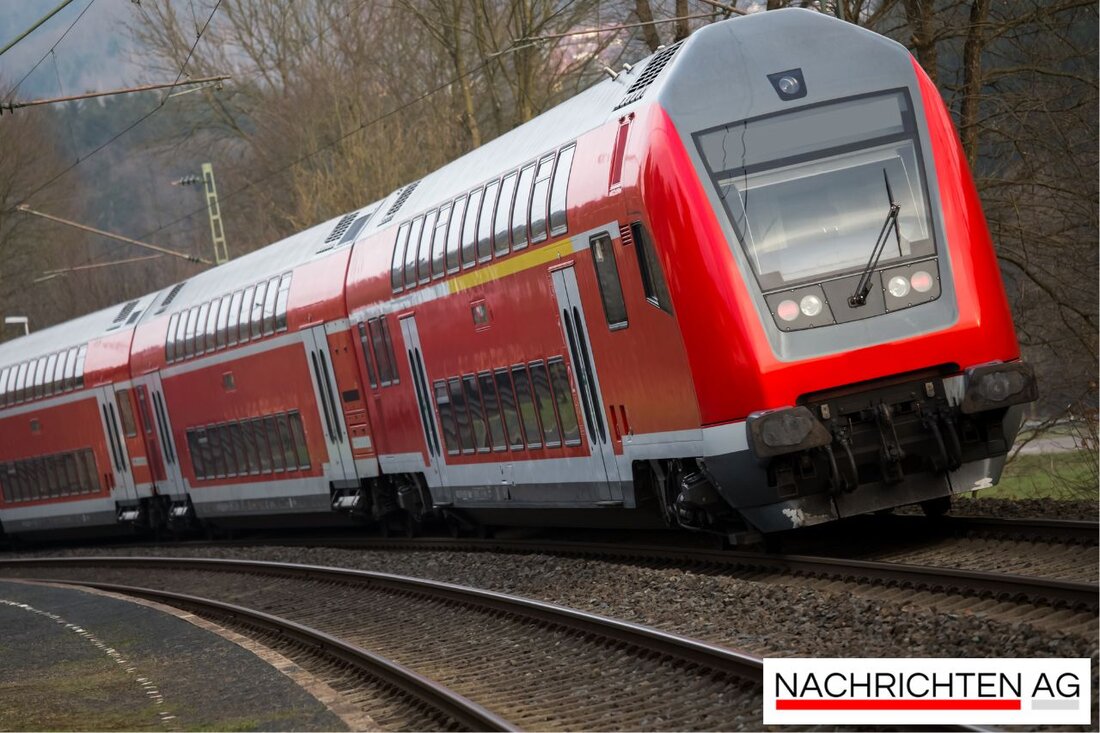Railway renovation: Gigantic machine transforms tracks in Brandenburg!
The general renovation of the Berlin-Hamburg railway line will start on August 10, 2025 with highly automated bed cleaning machines.

Railway renovation: Gigantic machine transforms tracks in Brandenburg!
The general renovation of the railway line between Berlin and Hamburg is entering the decisive phase. The future of this important connection is being worked on during an extensive nine-month closure period. A central element of this work is the RM 900 S ballast cleaning machine, which is currently in use in Prignitz, Brandenburg. This impressive machine has the ability to remove 3.5 tons of gravel per meter of track, removing leaves and branches, as Tagesspiegel reports.
At a length of 350 meters, the special train not only cleans the railway embankment, but also carries out an important standard compliance test of the railway ballast. The built-in conveyor belt transport and the subsequent sorting of the gravel are just some of the modern technologies used in this complete renovation. Only the medium-sized, pointed stones end up back in their place to guarantee the stability of the track system.
Efficient track maintenance
Due to the high demands on track maintenance, Deutsche Bahn faces major challenges. In the first week of construction work, around 80 construction crews with various equipment are already active along the entire 280-kilometer route. During the work, the embankment is immediately filled with the cleaned ballast, which is carefully monitored by an experienced worker. Stabilization is then carried out with metal rods, and the railway plans to immediately operate the route again at a speed of 20 kilometers per hour after cleaning.
Important tools in this process are machines that dispose of up to 0.8 m³ of waste per meter of track. However, this is only part of the challenge, as the excavated material often has to be transported to the landfill. Concerns about planning security in the construction industry have also been raised, as the provision of new, highly automated construction equipment can take up to eight years, as shown on Trackopedia. The construction industry is demanding more such machines, as only around ten of these large machines are currently available in Germany.
Costs and challenges
The costs for the general renovation between Berlin and Hamburg amount to up to 2.5 billion euros. In addition, over 40 main corridors must be renewed by 2036, which poses a major financing challenge for the entire industry. There is currently a gap of 17 billion euros for construction work on the rail network until 2029, which could have a serious impact on construction prices.
Overall, it is clear that the use of modern ballast cleaning machines such as the RM 900 S is not only essential for maintaining the tracks, but also plays a crucial role in the future of the railway infrastructure. The latest generation of machines, based on the RM 900 – HD 100, have revolutionized the work significantly. From excavating the ballast to screening and re-storing cleaned ballast - every phase is optimized to increase the efficiency and sustainability of track construction, as also mentioned on Wikipedia.

 Suche
Suche
 Mein Konto
Mein Konto